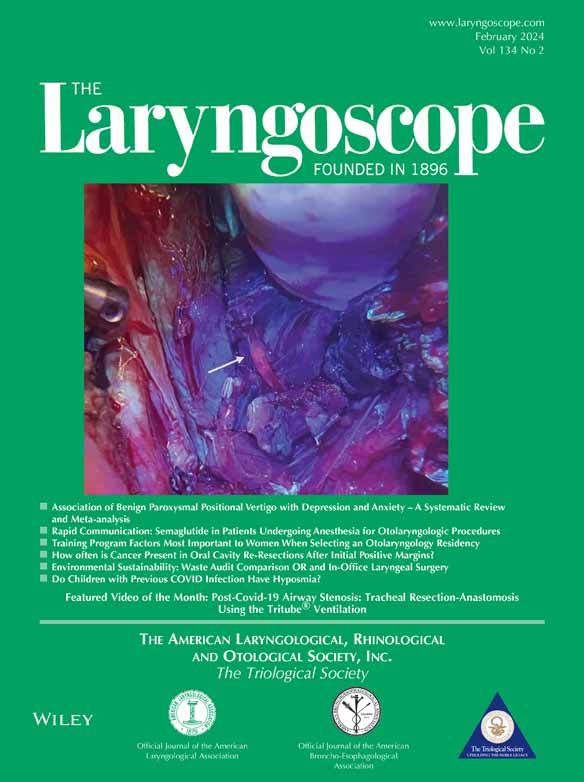Palate shape is associated with Unilateral Hypoglossal Nerve Stimulation Outcomes
The study was previously presented at ISSS 2022, Philadelphia, PA, USA, September 10, 2022.
Research reported in this publication was supported by the National Heart, Lung and Blood Institute of the National Institutes of Health under award number R01HL160993. The content is solely the responsibility of the authors and does not necessarily represent the official views of the National Institutes of Health.
Kedarisetty, Sharma, Commesso, Green, D'Agostino: None. Woodson: Inspire Medical Systems—research trial investigator. Nyxoah SA—research trial investigator and coordinating investigator. Medtronic—research trial investigator and consultant. CryOSA—advisory board member and stock options. Linguaflex—research trial investigator. Huyett: Inspire Medical Systems—research support and educational consultant. Nyxoah SA—research support. Kent: Laborie Medical Technologies Corp—research support. Inspire Medical Systems—research support. Invicta Medical, Inc—consultant, research support. Nyxoah SA—Scientific Advisory Board Member, intellectual property interests, and research support. Kezirian: Inspire Medical Systems—research funding; CryOSA—consultant and medical advisory board. Nyxoah SA—consultant; Berendo Scientific—consultant, intellectual property. Magnap—intellectual property.
Abstract
Objective
The aim was to determine the potential association between palate shape and unilateral hypoglossal nerve stimulation (HNS) outcomes.
Methods
Preoperative drug-induced sleep endoscopy (DISE) videos were reviewed and scored by 3 blinded reviewers to determine airway narrowing at the hard-soft palate junction (HP), soft palate genu, and inferior velum, as described by Woodson (2014). Scoring was as follows: 1–open airway, 2–narrow, 3–severe narrowing. Overall palate shape (oblique, intermediate, or vertical) was determined based on prior criteria. Successful surgical treatment was defined by the HNS titration polysomnogram as a reduction of ≥50% in the apnea-hypopnea index (AHI) to <15 events/h.
Results
Of 332 adults, the majority was male (77%) with an average BMI of 29.2 ± 3.6 kg/m2. Overall success rate was 73%. Success rate was lower in patients with vertical palate shape compared with the other shapes (56% vs. 75%, p = 0.029). HP score 3 compared with scores 2 and 1 was associated with lower success rates (60% vs. 76%, p = 0.028), but genu and velum scores were not associated with outcomes. Patients with both HP score 3 and complete oropharyngeal lateral wall-related obstruction had notably worse outcomes (22% vs. 74%, p = 0.026). HP score 3 (OR 0.45, 95%CI 0.22–0.92) and vertical palate shape (OR 0.33, 95%CI 0.15–0.78) were independently associated with lower odds of surgical response after adjustment for DISE findings, age, gender, and BMI.
Conclusion
Vertical palate shape and narrowing at the hard-soft palate junction are independently associated with lower HNS surgical success rates.
Level of Evidence
3 Laryngoscope, 134:981–986, 2024




